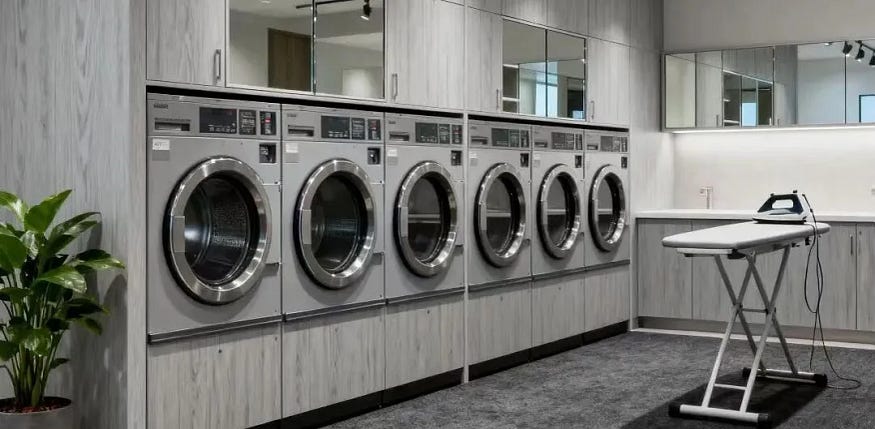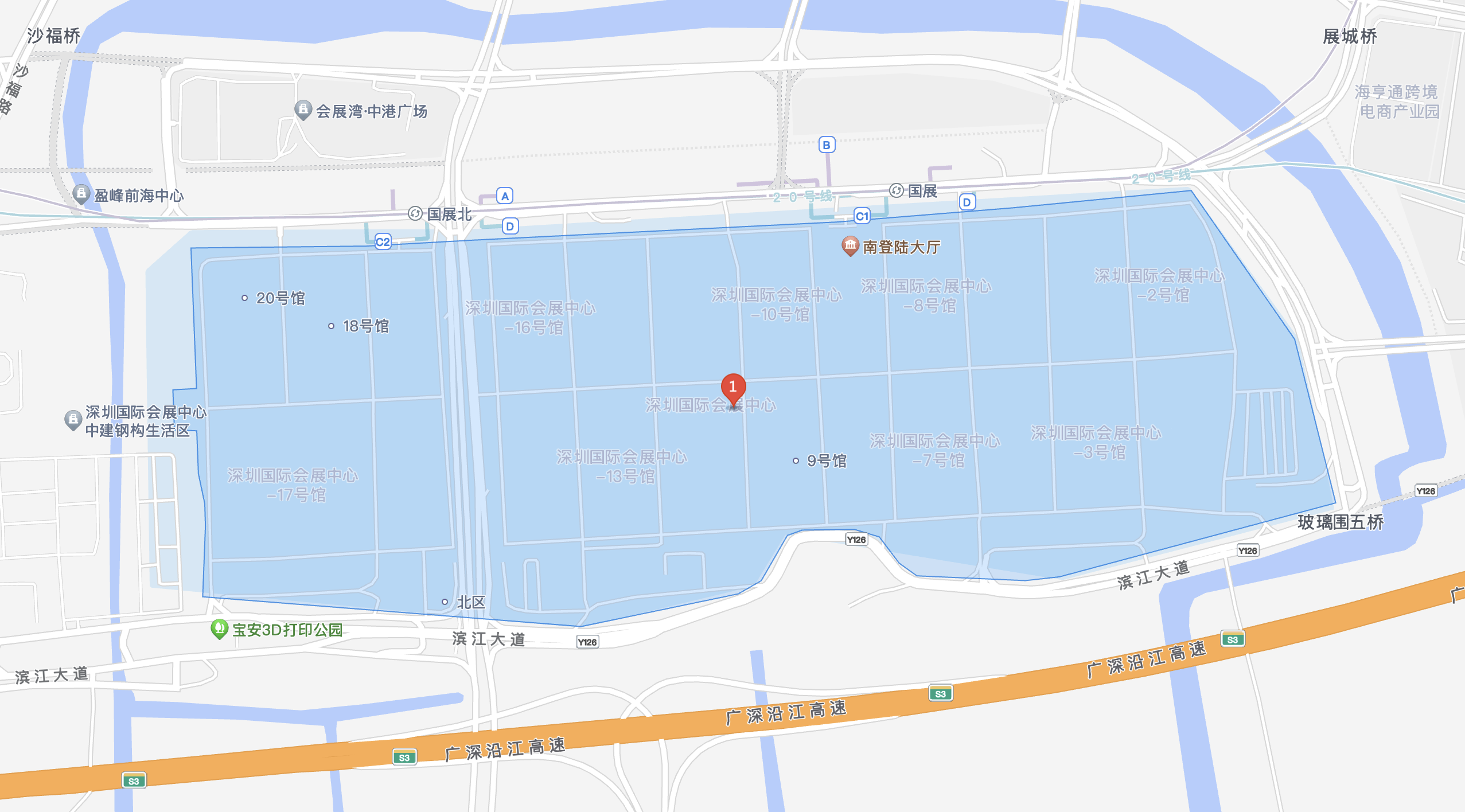With RFID technology continuously permeating various industries, Xerafy recently launched its innovative product — the TEX TRAK Roll RFID laundry tag, revolutionizing textile tracking in the laundry, healthcare, hospitality, and rental sectors, and redefining the application of RFID laundry tags.
Unlike traditional bulk-shipped RFID laundry tags, the TEX TRAK Roll tag is durable, ultra-thin, and supplied on a roll. This unique design is not accidental; it is specifically engineered to be compatible with standard industrial RFID printers, enabling on-demand printing. Leading printer manufacturers Zebra, SATO, and TSC have already integrated support for this tag, laying a solid foundation for its widespread adoption.
From a practical perspective, the roll format and compatibility with standard RFID printers offer significant advantages. Xerafy officials stated that this design will dramatically shorten RFID tag deployment time and strongly support automated tagging processes. For OEMs and service providers, they can now tag items on demand, eliminating the limitations of traditional tags in terms of supply and usage, and greatly enhancing operational flexibility and efficiency.
This solution targets a specific group: linen product OEMs (Original Equipment Manufacturers) and textile service providers who want to implement large-scale label printing. For these businesses, the TEX TRAK Roll label offers three key advantages: faster turnaround times, accelerating business processes; no delays for custom orders, eliminating production disruptions; and support for on-site printing and encoding, reducing intermediary steps and further improving efficiency.
Michel Gillmann, CMO of Xerafy, praised the product: “This is the breakthrough the market has been waiting for. TEX TRAK Roll not only lowers the entry barrier for RFID technology, but also allows customers to scale their applications faster, deploy systems more intelligently, and achieve a return on investment, all without being tied to any proprietary platform.” These words aptly describe the significant impact of the TEX TRAK Roll label in promoting the adoption of RFID technology and driving digital transformation in businesses.
Integrating the Latest Generation Impinj M830 Chip
From a technological perspective, the TEX TRAK Roll tag boasts numerous advantages. It integrates the latest generation Impinj M830 chip, part of the new GEN2X RAIN RFID platform. The advanced features of the Impinj chip offer significant practical benefits in high-density laundry environments. A longer read range ensures accurate tag identification even in complex environments; faster and more precise batch scanning capabilities dramatically improve textile inventory efficiency; and enhanced data integrity guarantees accurate information transmission. Furthermore, the tag features anti-counterfeiting and anti-misreading functions, further improving system reliability and the efficiency of large-scale inventory management, effectively addressing the shortcomings of traditional tags. In the field of industrial labeling technology, the TEX TRAK Roll tag breaks through the limitations of centralized label production. This breakthrough allows organizations to significantly improve efficiency, enhance flexibility, and achieve faster ROI without requiring major modifications to existing systems or workflows, thus reducing the cost and risk of technology upgrades for businesses.
At the same time, TEX TRAK Roll is an important component of Xerafy’s textile testing kit. This design allows customers to comprehensively evaluate the performance of RFID tags in various application scenarios. In textile inventory management, the tags have a wide range of applications, including items such as bed sheets, towels, uniforms, and surgical gowns. In laundry operations, the tags can be easily attached to laundry bins, carts, and other equipment. Furthermore, this series of tags supports various attachment methods, including heat sealing, sewing, and automated labeling, and is specially designed to withstand over 200 industrial wash cycles, fully meeting the stringent durability requirements of the laundry industry.
Michel Gillmann emphasized that Xerafy’s modular approach, centered on standardized, proven tags, has earned the trust of numerous laundries and service providers. These customers often have high requirements for product performance, durability, and cost transparency. The launch of the TEX TRAK Roll tag undoubtedly further strengthens Xerafy’s leading position in the RFID laundry tag market and injects new vitality into the efficient operation of related industries.
Why are RFID laundry tags becoming increasingly popular?
Currently, RFID laundry tags are becoming increasingly popular in the laundry industry. The core advantages of RFID laundry tags lie in their ability to “replace manual labor with technology, manage processes with data, and adapt to harsh environments through durability.” They have become a key tool for improving management efficiency, reducing costs, and ensuring compliance, especially in sectors with high-frequency washing and stringent traceability requirements, such as hotels, hospitals, garment rental services, and large enterprise uniform management. This is also a key driver of the continued growth of the market. Here is a detailed analysis of their specific advantages:
I. Superior Durability: Built to withstand the rigors of the laundry environment
The core challenge in the laundry environment is tag damage — traditional paper barcode labels easily fade, smudge, or detach when exposed to water, high temperatures, and detergents. RFID laundry tags, however, are designed with special materials and encapsulation processes to withstand harsh conditions. This is their most significant advantage: the tag substrate is typically made of high-temperature resistant nylon, polyester fiber, or special plastics, and the encapsulation layer is waterproof, corrosion-resistant, and abrasion-resistant. It can withstand high-temperature drying (80–140°C), over 1000 wash cycles (as in hotel linens and hospital uniforms), and chemical exposure from detergents and disinfectants (such as chlorine-based disinfectants used in hospitals). The chip and antenna are protected from damage. The tag can be designed as flexible (e.g., sew-on) or rigid (e.g., snap-on) to withstand mechanical stress such as rolling, compression, and folding, preventing detachment or malfunction due to pulling or friction (e.g., in garment factory workwear washing or hotel towel processing). Even after hundreds of washes, the tag’s read sensitivity and data storage stability remain normal, eliminating the need for frequent tag replacement and reducing long-term costs.
II. Efficiency Revolution: Replacing Manual Labor with Automated Identification
In traditional laundry operations, counting, sorting, and inventory management of linens and uniforms rely on manual barcode scanning or manual counting, which is inefficient and prone to errors. RFID laundry tags revolutionize this process through “non-contact batch identification”: using RFID readers (such as fixed-position readers or handheld terminals), dozens to hundreds of tagged items can be identified simultaneously (e.g., a basket of linens passing through a reader can be fully identified in 1–2 seconds), boosting efficiency 50–100 times compared to manual scanning, and significantly reducing sorting and counting time in laundries. Manual counting often leads to errors such as missed items, incorrect counts, and mixed-up items (e.g., hotel linens mixed with hospital linens). RFID tags, however, bind a unique ID to item information (such as the hotel, linen type, and number of washes), eliminating the need for manual intervention and reducing errors to below 0.1%. It can also be integrated into automated laundry production lines (e.g., pre-wash sorting, post-wash drying and counting, and inventory management), enabling fully automated “laundry-counting-traceability” processes without any manual intervention. This is particularly suitable for large laundries processing over 100,000 items daily.
Press enter or click to view image in full size

III. Full-Chain Traceability: From “Vague Management” to “One-to-One Tracking”
One of the core values of RFID laundry tags is data traceability. It enables comprehensive lifecycle management of items, from use to collection, washing, and reuse, addressing issues such as unclear item flow and high loss rates in traditional scenarios. Each tag has a unique electronic code, recording key information about the item (e.g., the room number for hotel linens, the first use date; the department and employee name for hospital uniforms). By recording collection time, laundry facility receipt time, washing completion time, and return time using RFID readers, managers can track the location of items in real time, preventing loss or misuse. (For example, hospital surgical gowns and bedsheets can be traced to each use and sterilization record). The tag can store the maximum number of washes (e.g., 200 washes for hotel linens). The system automatically alerts users when an item is nearing its lifespan, preventing quality issues due to overuse (e.g., torn linens, unsanitary conditions), optimizing procurement cycles, and reducing waste. In case of damage, loss, or cross-contamination (e.g., hospital linens mixed with ordinary linens), the tag can trace the issue to a specific stage (e.g., a production line in the laundry, a specific transport vehicle), clarifying responsibility and reducing disputes.
IV. Strong Adaptability: Meeting Customized Needs Across Different Industries
RFID laundry tags are not a one-size-fits-all solution; they can be customized to suit the characteristics of different items (such as material, size, and usage environment) across various industries, thus expanding their application range. For example, for linens and uniforms, “sew-on tags” (directly sewn onto the edges of garments to prevent detachment during washing) can be used; for towels and bathrobes, “flexible adhesive tags” (thin and soft, not affecting the feel) are suitable; and for medical equipment (such as the fabric covers of surgical instrument packs), “high-temperature resistant rigid tags” (withstanding 134°C high-pressure steam sterilization) can be used. Furthermore, high-frequency (HF, for precise, close-range identification in hospitals) or ultra-high frequency (UHF, for long-range, batch identification in laundries) can be selected based on the application scenario, ensuring stable identification in different environments (e.g., using HF tags in small spaces like hospital sterilization rooms to avoid signal interference; using UHF tags in large warehouses to increase identification distance).
V. Long-Term Cost Optimization: Reducing Hidden Costs
Although RFID laundry tags are more expensive than traditional barcode labels, in the long run, they significantly reduce hidden costs, making them more economical. For example, a laundry processing 50,000 items daily would need 5–8 people for manual counting; with RFID, this can be reduced to 1–2 people, saving hundreds of thousands of yuan in labor costs annually. Under traditional management, hotel linen loss rates are around 15%-20% annually (due to loss, misplacement, or overuse); RFID tracking can reduce this to below 5%. For 10,000 pieces of linen (at 50 yuan per piece), this saves 50,000–75,000 yuan annually. Additionally, disputes between hotels and laundries over linen quantities are common; RFID’s accurate counting eliminates such problems, reducing fines or compensation due to accounting disputes.


















